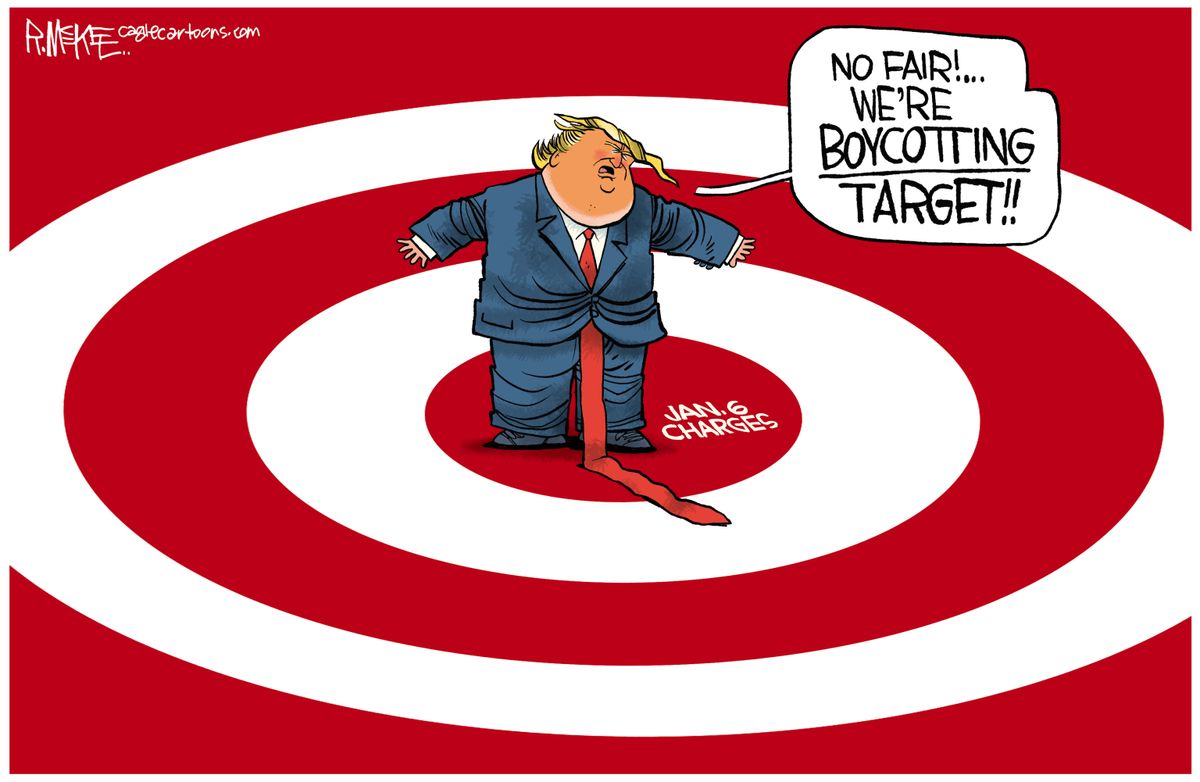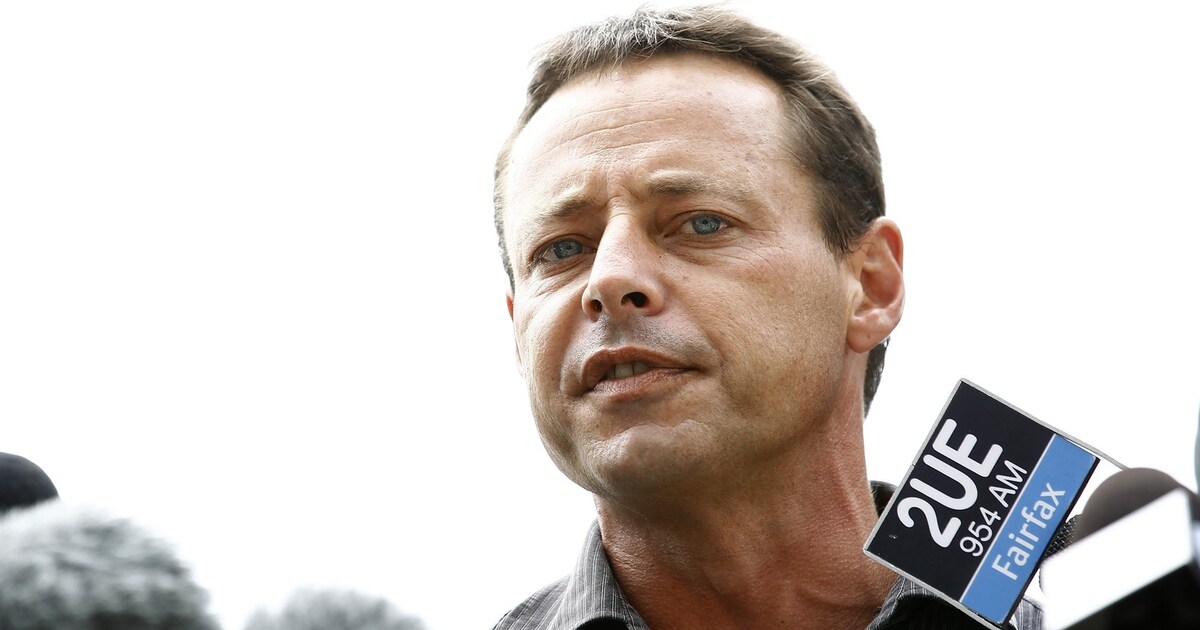How Target's DEI Policy Shift Led To A Boycott And Significant Traffic Loss

Table of Contents
H2: The Genesis of the Controversy: Target's LGBTQ+ Merchandise Line
The controversy surrounding Target stemmed from its launch of a Pride-themed merchandise line in the spring of 2023. This line, intended to celebrate LGBTQ+ Pride Month, included a range of products from clothing and accessories to home goods featuring LGBTQ+ themes and designs. This seemingly innocuous initiative unexpectedly ignited a firestorm of criticism and ultimately led to the Target boycott.
H3: Specific Products and Marketing Campaigns:
The backlash was fueled by specific product lines, particularly those featuring designs from LGBTQ+ designers and brands. Some of the most controversial items included:
- LGBTQ+ themed children's clothing: Several items featuring designs with overtly LGBTQ+ themes marketed towards children drew significant criticism.
- Pride-themed swimwear and accessories: Certain swimwear designs and accessories were seen as inappropriate or pushing a specific agenda.
- Collaboration with LGBTQ+ brands: Target partnered with several LGBTQ+ designers and brands, which became a focal point of the criticism. The brand partnerships, while intended to be supportive, were viewed negatively by some consumers.
Images of these products circulated widely on social media, fueling the controversy. The marketing campaign itself, while aiming for inclusivity, inadvertently aggravated pre-existing tensions.
H3: Social Media Amplification and the Spread of Misinformation:
Social media played a crucial role in escalating the Target boycott. Misinformation and conspiracy theories spread rapidly, often using emotionally charged language and exaggerating the nature of Target's initiative.
- Misleading posts: Numerous posts falsely claimed that Target was promoting transgender ideology to children or pushing a hidden agenda.
- Hashtags: Hashtags like #BoycottTarget and #TargetFails went viral, amplifying the negative sentiment.
- Influencers: Several social media influencers leveraged the controversy to gain followers, contributing to the spread of misinformation.
The rapid spread of misinformation highlights the challenges corporations face in managing their online reputation in the age of social media.
H2: The Boycott's Impact on Target's Performance:
The Target boycott had a measurable negative impact on the company's performance, affecting both sales figures and stock prices. While Target hasn't released specific numbers directly attributing the loss to the boycott, the effects were clearly visible.
H3: Declining Sales Figures and Stock Prices:
While precise figures remain undisclosed by Target, news reports and financial analysts indicated a noticeable dip in sales following the boycott.
- Reduced foot traffic: Anecdotal evidence suggested a decrease in store visits in several locations.
- Lower online sales: Online sales are reported to have declined, although quantifiable data remains unavailable publicly.
- Stock price fluctuations: Target's stock price experienced volatility during the controversy, indicating investor concerns.
The impact is not easily isolated to the boycott alone, and other market factors contributed. However, the overall negative sentiment associated with the boycott undoubtedly negatively affected Target’s performance.
H3: Shift in Consumer Behavior and Brand Perception:
The boycott altered consumer perception of Target, especially amongst certain demographics.
- Shifting demographics: Some consumers, particularly those with conservative views, actively avoided Target, while others defended the company's decision.
- Damage to brand loyalty: The controversy damaged Target's brand image, impacting its loyalty among some customer segments.
- Negative reviews: Online reviews reflected the divided consumer opinions, with some praising Target's stance and others expressing outrage.
The incident highlights the risk of alienating significant portions of the consumer base when taking a strong stance on divisive social issues.
H2: Analyzing Target's Response and its Effectiveness:
Target's response to the boycott was measured, but ultimately seemed insufficient to quell the negative sentiment.
H3: Target's Public Statements and Actions:
Target released several public statements expressing their commitment to inclusivity and explaining their reasoning behind the Pride merchandise line.
- Limited public statements: These statements lacked a strong defense against the more inflammatory criticism.
- No significant policy changes: The company did not retract the product line initially, although some adjustments were made to the visual display of the merchandise in stores.
- Damage control efforts: The company primarily focused on damage control rather than engaging with critics directly.
H3: The Role of Corporate Social Responsibility (CSR) in the Controversy:
The Target controversy highlighted the complexities of CSR.
- Balancing social values and profitability: The incident underscores the challenge of balancing social values with profitability in a politically polarized environment.
- Catering to diverse segments: Companies must carefully consider the sensitivities of diverse customer segments when implementing CSR initiatives.
- Risk management in CSR: This case serves as a cautionary tale for businesses planning to engage in socially responsible actions, emphasizing careful planning and proactive risk assessment.
3. Conclusion:
Target's experience serves as a cautionary tale regarding the potential ramifications of aligning with controversial social issues. The boycott highlighted the delicate balance corporations must strike between embracing DEI initiatives and maintaining a broad customer base. The substantial financial impact and negative publicity demonstrate the importance of carefully considering the potential consequences of CSR initiatives before implementation and communicating those initiatives effectively to all stakeholders.
Call to Action: Understanding the complexities of implementing DEI policies and navigating potential boycotts is crucial for all businesses. Learn more about managing brand reputation and mitigating the risks associated with controversial CSR initiatives. Research best practices for navigating the challenges of DEI in an increasingly polarized society. Avoid similar negative impacts through strategic planning and thoughtful implementation of DEI and social responsibility programs. Properly managing your DEI strategy will minimize the chances of a Target boycott scenario.

Featured Posts
-
 Channel 4 And Michael Sheen Face Legal Action Over Documentary
May 01, 2025
Channel 4 And Michael Sheen Face Legal Action Over Documentary
May 01, 2025 -
 Overvolle Tbs Klinieken De Gevolgen Van Jarenlange Onderbezetting
May 01, 2025
Overvolle Tbs Klinieken De Gevolgen Van Jarenlange Onderbezetting
May 01, 2025 -
 Nba Highlights Jarrett Allens Spectacular Dunk Fuels Cavs Triumph Over Knicks
May 01, 2025
Nba Highlights Jarrett Allens Spectacular Dunk Fuels Cavs Triumph Over Knicks
May 01, 2025 -
 Dragons Den Little Coffees Four Investment Offers
May 01, 2025
Dragons Den Little Coffees Four Investment Offers
May 01, 2025 -
 Merrie Monarch Festival A Showcase Of Pacific Island Cultures
May 01, 2025
Merrie Monarch Festival A Showcase Of Pacific Island Cultures
May 01, 2025
